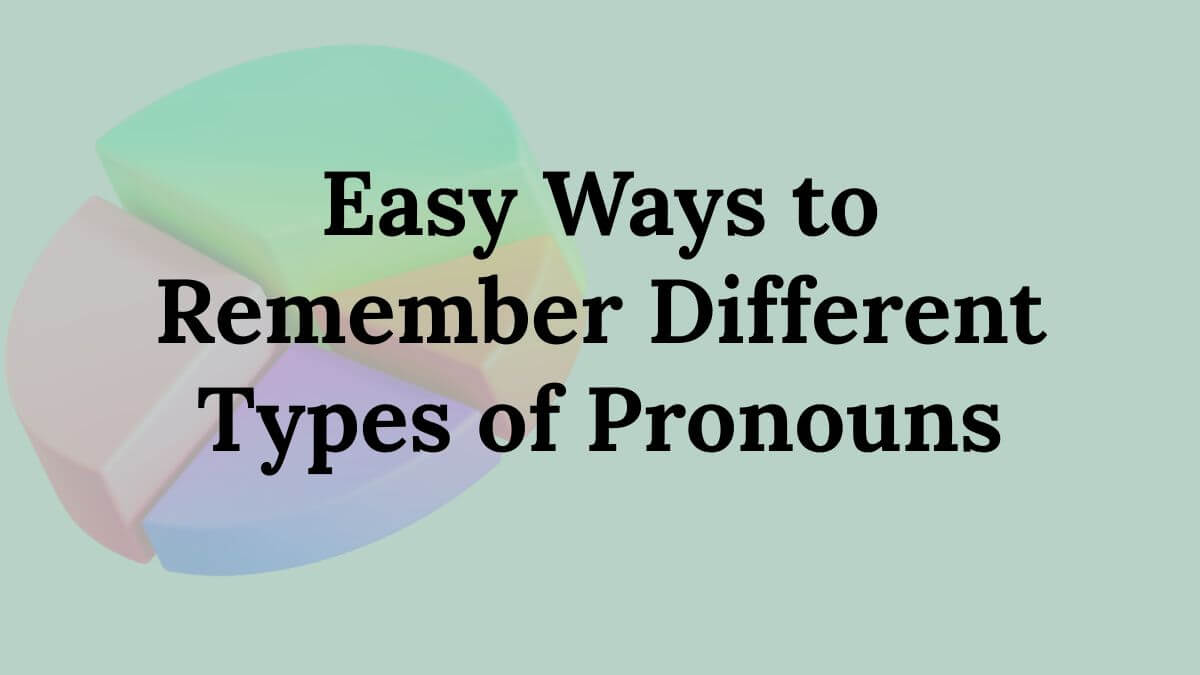Struggling with pronouns in English? You’re not alone!
Even advanced learners often make common pronoun mistakes that can confuse readers or listeners. In this guide, we’ll break down the most frequent errors, explain why they happen, and give you practical tips to avoid them, so your English becomes clearer, confident, and correct.
Meta Description: Learn how to identify and fix common pronoun mistakes with this easy, friendly guide. Improve your English grammar today with clear examples and expert tips! Different Types of Pronouns
Why Pronouns Matter in English
Pronouns may be short, but they play a big role, stepping in for nouns to keep sentences clear, natural, and less repetitive. Words like he, she, they, it, this, and which help our language flow with ease. But because there are different types of pronouns—subject, object, possessive, reflexive, demonstrative, and interrogative—it’s easy to mix them up. Let’s look at the most common pronoun mistakes and how to fix each one with confidence. Different Types of Pronouns
Mistake #1 – Confusing Who’s Doing the Action and Who’s Receiving It (Subject vs. Object Pronouns)
The Problem
Many learners confuse subject pronouns (I, he, she, we, they) with object pronouns (me, him, her, us, them). Different Types of Pronouns
Incorrect: I went to the store.
Incorrect: John gave her a book.
Correct: I went to the store.
Correct: John gave her a book.
The Fix
Ask yourself: Is the pronoun doing the action (subject) or receiving the action (object)?
- Subject: He runs every morning.
- Object: I saw him at the park.
Tip: Try replacing the pronoun with a proper name to test the sentence.
Mistake #2 – Pronoun-Antecedent Disagreement
The Problem
A pronoun must reflect the same number and gender as the noun it stands in for, ensuring clarity and grammatical harmony in every sentence. This is a big source of confusion in writing. Different Types of Pronouns
Incorrect: Every student must bring their pencil.
Correct: Every student is expected to come prepared with their personal pencil..
Correct (inclusive): All students must bring their pencils.
The Fix
Make sure:
- Singular nouns = singular pronouns
- Plural nouns = plural pronouns
- Tip: When possible, reword the sentence to use plural nouns for smoother, more inclusive phrasing.
Mistake #3 – Using “They” for Singular Nouns Incorrectly
The Problem
“They” is traditionally a plural pronoun. But in modern English, it’s also used as a gender-neutral singular pronoun. Different Types of Pronouns
Correct (modern): Someone left their phone.
Correct (plural): The students finished their tests.
Use singular “they” carefully:
The Fix
- It’s acceptable for unknown gender or inclusive writing
- Avoid overuse in formal writing, where clarity is key
Tip: When in doubt, clarify the noun or use names instead of pronouns.
Mistake #4 – Incorrect Reflexive Pronouns Different Types of Pronouns
The Problem
Reflexive pronouns (myself, yourself, himself, etc.) are only used when the subject and object are the same. Different Types of Pronouns
Incorrect: Please give it to me.
Correct: I did it myself.
The Fix
Use reflexive pronouns only when the subject does something to itself:
- I hurt myself
- They blame themselves
Tip: Never use reflexives just to sound formal.
Mistake #5 – Who vs. Whom
The Problem
“Who” is a subject pronoun. “Whom” is an object pronoun. Many learners avoid using “whom” because they’re unsure. Different Types of Pronouns
Incorrect: Whom is going to the party?
Correct: Who is going to the party?
Correct: Whom did you invite?
The Fix
Use this test:
Replace with he/she = who
Replace with him/her = whom
Tip: Formal writing may still require “whom,” but in casual speech, “who” is often accepted.
Mistake #6 – Vague Pronoun Reference
The Problem
Sometimes it’s unclear what a pronoun is referring to.
Confusing: When Jack met Mark, he was nervous.
(Who was nervous—Jack or Mark?)
The Fix
Make the pronoun reference clear by repeating the noun or rephrasing.
Clear: Jack was nervous when he met Mark.
Tip: Don’t assume the reader knows who “he,” “she,” or “it” refers to. Always double-check.
Mistake #7 – Overusing Pronouns
The Problem
Using too many pronouns in a sentence can make it vague or repetitive.
Confusing: He told her that he would do it for her because she needed it.
Different Types of Pronouns
The Fix
Use proper nouns or rewrite the sentence to be clearer:
Clear: Tom told Maria he would fix the car because she needed it.
Tip: Use names or nouns occasionally to help the reader follow the sentence.
Read More:
Pronouns in Modern English: A Guide for ESL Students
10 Simple English Dialogues for Beginners: Grow Your Speaking Skills
Conclusion: Mastering Pronouns Takes Practice
Understanding how to use pronouns correctly is essential for clear and professional English. By learning to recognize and fix common pronoun mistakes, you’ll write and speak with more confidence and precision.
Final Tips:
- Always match the pronoun to the noun in number and gender.
- Keep pronoun references clear.
- Don’t be afraid to revise for clarity.
Every mistake is a learning opportunity. The more you practice, the more natural proper pronoun use becomes. Different Types of Pronouns
Remember: Grammar isn’t a quest for perfection—it’s a tool for clear connection.
Keep growing, keep exploring, and let every pronoun bring you closer to confident communication.
